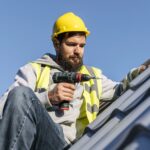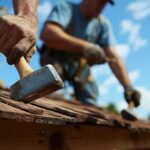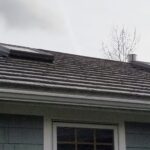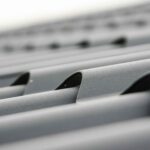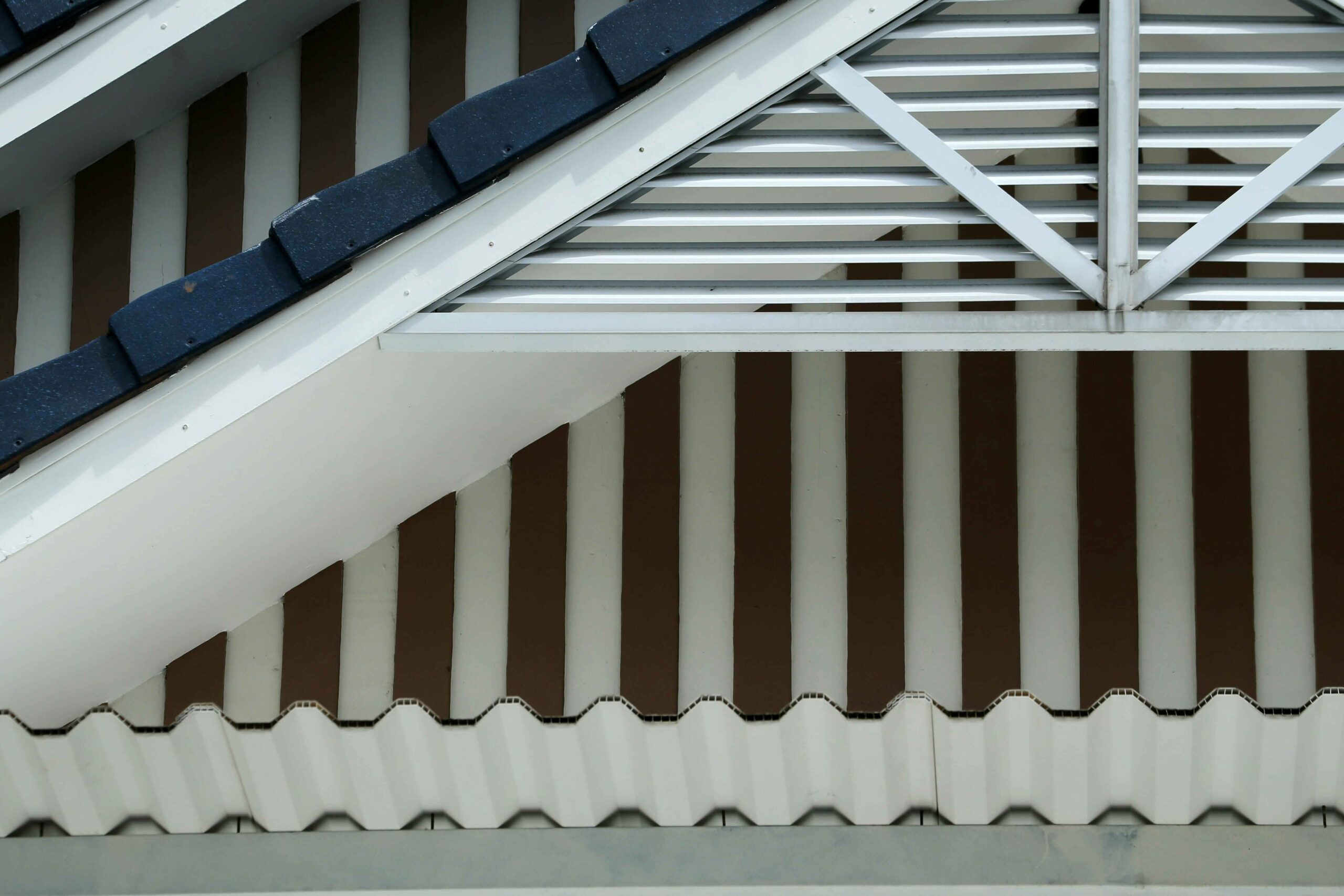Roofing Over Asbestos Shingles
SITUATION
Many homes built or roofed in the 1940’s and 1950’s have asbestos roof shingles. Asbestos shingles are identified by their non-granulated surface and light to medium gray color. Most are rectangular in shape though some are diamond-shaped.
PROBLEM
In an undisturbed state, asbestos is not recognized as being dangerous. However, when it is disturbed, the fibers become “friable” (airborne) and can result in health problems if they’re inhaled. Most asbestos roofing becomes very brittle with age and, if attempts are made to remove and dispose of it, many fibers become airborne. Additionally, there are substantial costs associated with asbestos removal and potential health risks associated with landfill disposal of old asbestos shingles.
ANALYSIS
If the asbestos shingles can be left in place and disturbed as little as possible, the health risk will be minimized. The EPA recognizes this fact and would generally prefer to see asbestos shingles repaired or covered rather than torn off and disposed. Additional information can be obtained from the following website: http://www.ehso.com/ehshome/asbestoshomeshingles.htm
SOLUTION
Due to their low weight and formation, many metal roof materials are ideal for installation over asbestos shingles. In some cases, though, overhanging shingles will need to be cut back and disposed of unless flashings can be designed and securely attached which allow for the old shingles. Before proceeding with installation over asbestos shingles, try some test nail drives and see how badly they crack. If the asbestos cracks badly, try using self-drilling, self-tapping stainless steel screws instead. Installation of the metal roof should not be done unless secure attachment is ensured. Suitable underlayment should always be installed over the asbestos. This will help prevent the asbestos fibers from becoming airborne. Disruption of the asbestos can be minimized by installing the underlayment at the same time as the roofing. Keeping the asbestos slightly moist, if it can be done safely, will also help ensure the fibers do not become airborne.
